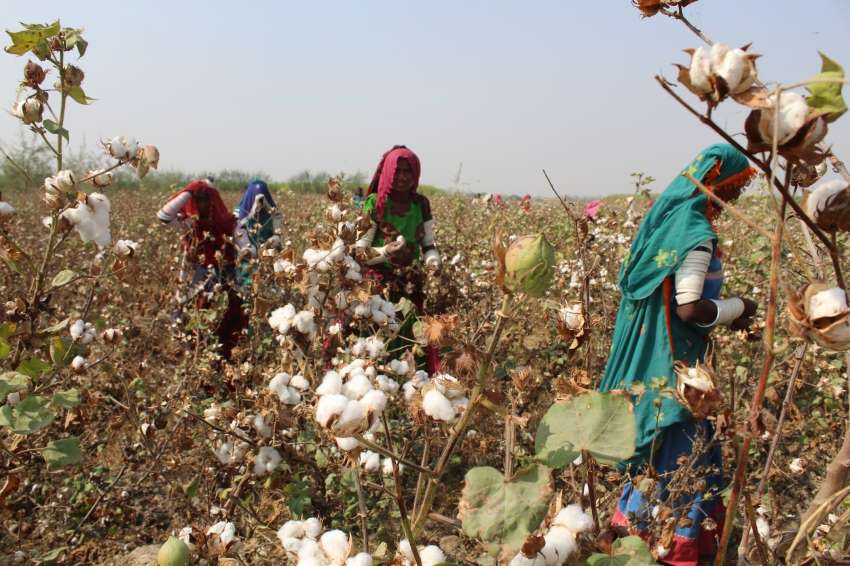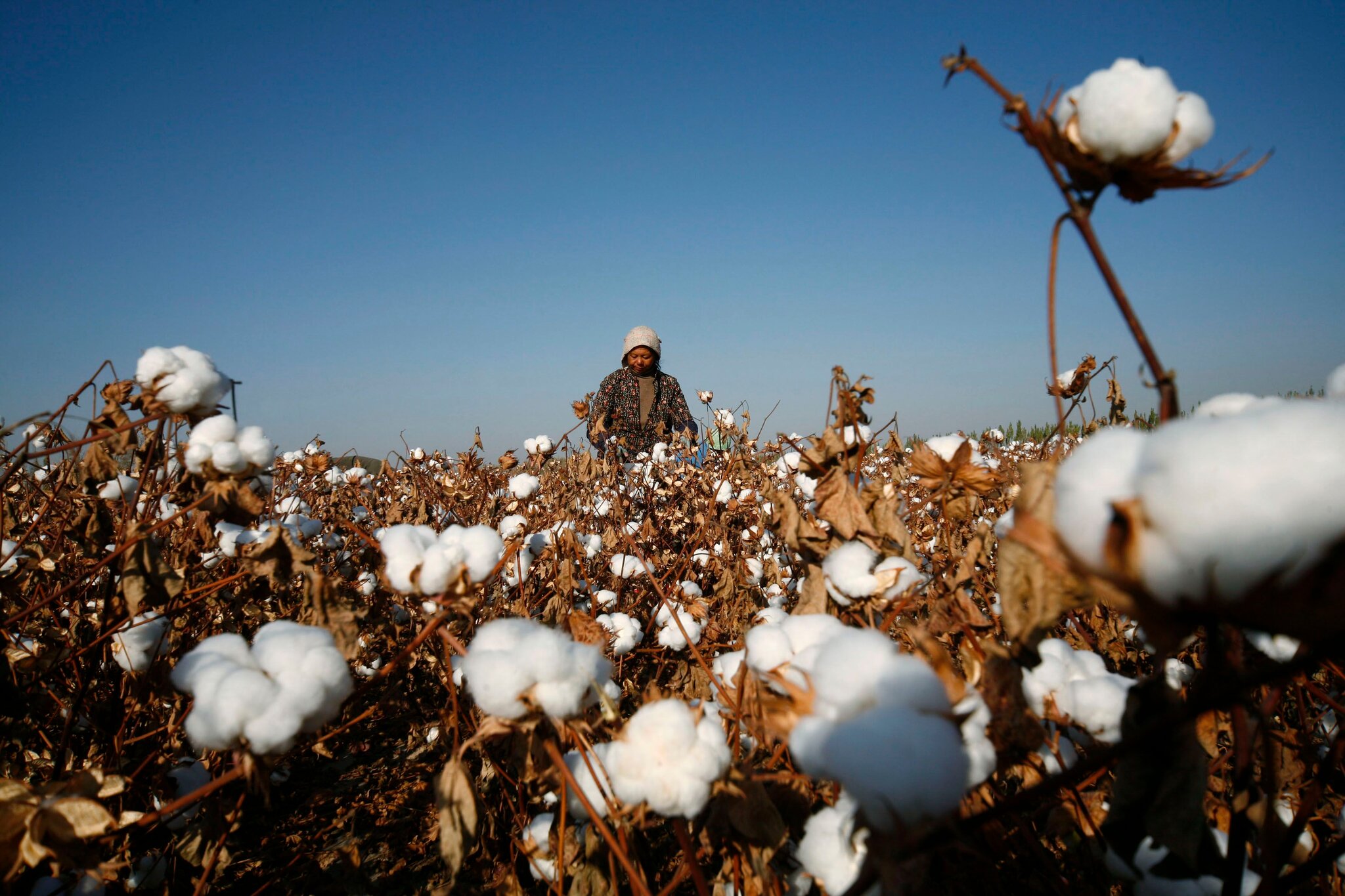Once a global powerhouse in cotton production, India now faces a stark reversal of fortunes. From being the world's leading cotton producer and exporter, the nation has shifted gears to becoming a net importer of this vital fiber. What led to this dramatic turnaround?
The rise and fall
India's cotton production touched unprecedented heights in the early 2000s, with the adoption of genetically modified Bt cotton. This revolutionary technology, introduced in 2002-03, promised protection against the voracious American bollworm pest. The impact was immediate and transformative: production nearly tripled within a decade, from 13.6 million bales to a peak of 39.8 million bales in 2013-14. India swiftly ascended to the pinnacle of global cotton production, illustrating the potential of scientific innovation in agriculture.
Table 1: India's cotton production and yield (selected years)
|
Year |
Production (mn bales) |
Yield (kg/hectare) |
|
1970-71 |
5.65 |
127 |
|
2002-03 |
13.6 |
302 |
|
2013-14 |
39.8 |
566 |
|
2018-19 |
26 |
449 |
|
2021-22 |
24.3 |
428 |
|
2023-24 |
25.4 |
436 |
|
2024-25 |
25 |
461 |
Source: USDA Foreign Agricultural Service (Note: Figures may vary slightly across different sources)
Technological plateau
However, this success story has since plateaued, with production projected to plummet to 25.0 million bales by 2024-25, the lowest in over a decade. The decline is multifaceted, but important factor lies in India's hesitance to embrace further technological advancements in cotton cultivation and processing. The regulatory scenario surrounding genetically modified crops has become increasingly stringent, stifling innovation and field trials of promising new technologies.
Regulatory challenges and public perception
India's regulatory framework, often influenced by public consultations dominated by environmental activists, has contributed to what critics call a "regulatory deadlock." The approval process for new GM technologies, essential for combating evolving pest threats like the pink bollworm, has become bogged down in bureaucratic hurdles. This reluctance extends beyond genetic modification to encompass modern farming practices such as drip irrigation, which remain underutilized compared to global counterparts like the US and Brazil.
Economic and social impact
The repercussions are profound. Farmers, once buoyed by the promise of increased yields and reduced pest damage, now face stagnant productivity and increased vulnerability to pests and diseases. The economic impact is stark: lower yields diminish farm incomes, while increased dependence on imports strains India's trade balance. India's cotton imports was $184.64 million in January 2025, compared to just $19.62 million in January 2024. The CAI projects imports in 2024-25 may double compared to the previous year, reaching an estimated 3.00 million bales, while exports are projected to be 1.70 million bales. In 2024-25 alone, imports are projected to double compared to the previous year, underscoring the industry's declining competitiveness on the global stage.
Table 2: India's cotton imports and exports (mn bales)
|
Year |
Imports |
Exports |
|
2011-12 |
7.5 |
129.59 |
|
2013-14 |
11.51 |
116.96 |
|
2018-19 |
35.37 |
43.55 |
|
2020-21 |
11.03 |
77.59 |
|
2022-23 |
10 |
35 |
|
2024-25 |
3 |
1.7 |
Source: Cotton Advisory Board & Cotton Association of India
Path forward
The path forward demands a renewed commitment to scientific research and a streamlined, science-based regulatory framework for agricultural biotechnology. Embracing modern farming techniques and investing in research and development for climate-resilient and pest-resistant seed varieties are critical steps to revitalizing India's cotton sector. The challenge is clear: without a technological resurgence, India risks relinquishing its storied legacy as a global leader in cotton production.
As policymakers and stakeholders convene to chart the future course of India's cotton industry, the imperative is to learn from past successes and failures alike. The tale of Indian cotton, once marked by innovation and resilience, must not become a cautionary tale of missed opportunities. The time is ripe for bold, decisive action to reclaim India's position as a beacon of agricultural innovation on the global stage.













